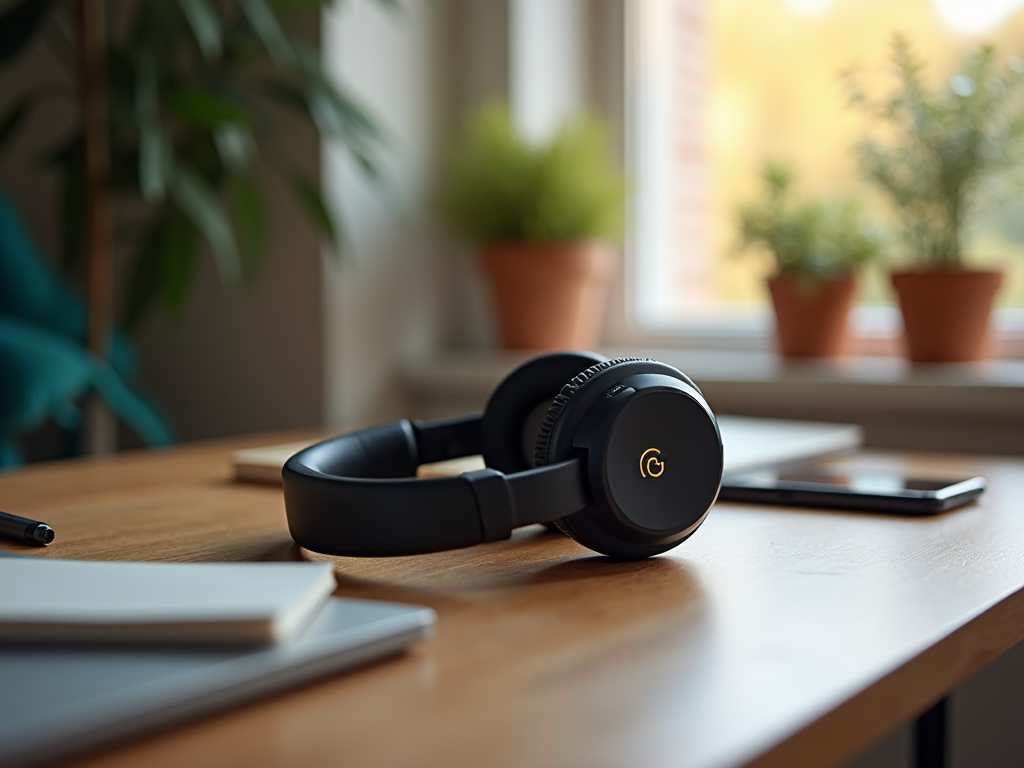When it comes to experiencing audio, the type of headphones you choose can significantly impact your enjoyment and comfort. Whether you are listening to your favorite music, tuning into a podcast, or watching movies, understanding the differences between headphone types can help you make a well-informed choice. With a plethora of options available, two of the most commonly talked about categories are passive and active headphones. Each type has its distinct characteristics, advantages, and drawbacks. Exploring these nuances will empower you to select the right headphones for your unique lifestyle and preferences.
Delving into the world of electronics, passive headphones function based on their physical design and the materials used, while active headphones integrate advanced technology for an enhanced listening experience. One of the primary distinctions is how each type interacts with sound waves—passive headphones are designed to isolate sound through their construction, whereas active headphones utilize noise-cancelling features. Understanding these fundamental differences allows users to appreciate what each offers beyond just their price tags. This article will comprehensively examine both options so that you can make an informed decision that aligns with your audio needs.
What Are Passive Headphones?

Passive headphones deliver sound without needing any additional electronics, resulting in a more straightforward audio experience. They generally rely on acoustic engineering principles, employing physical design elements to optimize sound quality and minimize leakage. Passive models incorporate materials that enhance the natural sound of their components, allowing for a less artificially enhanced audio output. Many audiophiles enjoy the crispness and clarity of passive headphones, as they can deliver faithful renditions of musical tracks without altering the original audio.
- **Sound Quality**: Relies on driver size and design for performance.
- **Sound Isolation**: Utilizes ear cup designs for blocking external noise.
- **Power Source**: Operates without batteries or charging; compatible with most devices.
What Are Active Headphones?
Active headphones take audio experiences to another level by integrating electronic components aimed at improving sound quality and blocking surrounding noise. These models are often equipped with sophisticated noise-cancelling technologies that actively counteract background sounds, providing a more immersive audio experience. The presence of microphones allows active headphones to detect external noise, generating sound waves that cancel out intrusive sounds. As a result, active headphones appeal to those who frequently find themselves in noisier environments, such as commuters or travelers.
The technology used in active headphones relies on intricate soundwave manipulation. By employing small microphones that pick up ambient sounds, these headphones produce opposing sound waves, effectively canceling out unwanted noise. The outcome is a quieter listening environment, allowing for a more focused experience, particularly in bustling settings like airplanes or busy cafes. The move towards active headphones is largely driven by users seeking both quality sound and functionality.
| Aspect | Passive Headphones | Active Headphones |
|---|---|---|
| Sound Quality | Natural and uncolored | Enhanced with noise cancellation |
| Noise Isolation | Physical barrier | Active cancellation technology |
| Power Requirement | No power needed | Requires battery or charging |
Comparing Passive and Active Headphones
Analyzing the sound quality between passive and active headphones reveals their unique strengths and weaknesses. Passive headphones often produce a more authentic audio experience because they do not manipulate the sound. On the other hand, active headphones refine the listening experience by utilizing technology that enhances and balances audio frequencies. Moreover, comfort and fit can be pivotal factors; users often have varying opinions on which style feels more suitable for extended use, depending on their personal preferences.
Pros and Cons of Passive Headphones
- **Advantages**:
- No need for batteries, leading to hassle-free use.
- Generally lighter and more portable for everyday use.
- Often provide a natural sound experience with less distortion.
- **Disadvantages**:
- Limited noise isolation capabilities compared to active headphones.
- Less effective for use in loud environments.
Pros and Cons of Active Headphones
- **Advantages**:
- Superior noise cancellation features for an immersive experience.
- Enhanced audio quality through electronic adjustments.
- Ideal for travel and commutes where background noise is prevalent.
- **Disadvantages**:
- Requires regular charging or battery changes, which can be inconvenient.
- Tend to be bulkier, potentially less portable.
- Often comes at a higher price point compared to passive options.
Conclusion
Choosing between passive and active headphones is ultimately a matter of personal preference and specific requirements. Consider your listening environment, sound quality expectations, and convenience when making your selection. Active headphones suit those who seek technological enhancements and deal with frequent noise. Conversely, passive headphones often appeal to audiophiles who prefer an unaltered sound experience. Both types have unique advantages, and understanding these can lead you to the perfect pair of headphones that resonates with your lifestyle and audio needs.
Frequently Asked Questions
- What is the main difference between passive and active headphones? Passive headphones rely on physical design and materials for sound, while active headphones use electronic enhancements for better noise cancellation and audio quality.
- Do passive headphones provide better sound quality? Passive headphones may offer a more natural sound profile, while active headphones can adjust sound quality with built-in features.
- Can active headphones be used without power? No, active headphones require a power source to operate their noise-cancelling and sound-enhancing features.
- Are passive headphones more comfortable than active ones? Generally, yes, passive headphones are lighter and simpler in design, making them more comfortable for long durations.
- Which type of headphones is best for travel? Active headphones are often preferred for travel due to their noise-cancellation features, which help block out ambient noise, making your listening experience more enjoyable.
